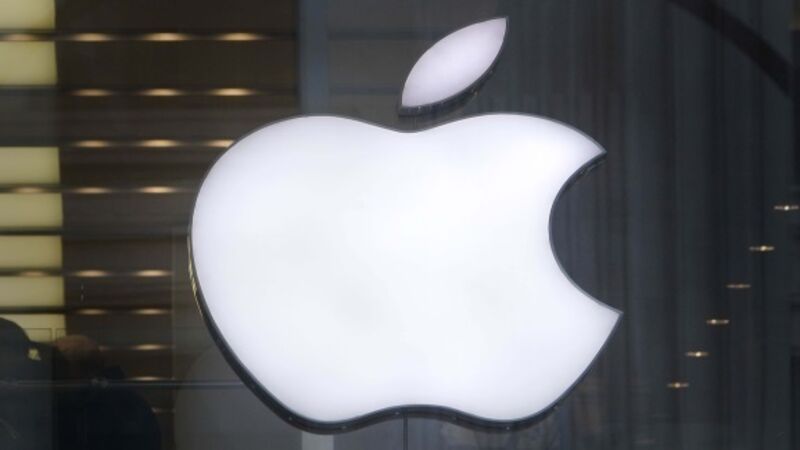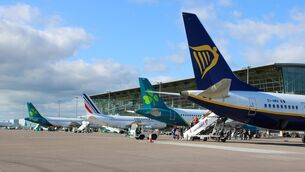Apple shares extend rally on latest earnings report

Apple shares rose again to extend its rally to a gain of 34% since the start of the year following its upbeat earnings report earlier this week.
Its market capitalisation is again inching closer to the $1 trillion level.
In its earnings report, Apple executives had a clear message for investors: Demand for iPhones has begun to recover.
It reported iPhone sales of $31bn (€27.6bn) in the fiscal second quarter, slightly better than analysts expected.
Apple’s projection for revenue in the current period also topped Wall Street estimates and could result in the first sales increase in three quarters.
Apple resorted to traditional tactics, such as discounts and generous trade-ins, to revive its iPhone prospects.
That dents hardware profit margins but creates a larger base of device owners to support an expanding roster of digital services.
“IPhone pricing had gotten greedy in 2018 and it makes sense to trim prices in 2019,” said Neil Mawston, executive director of the global wireless practice at Strategy Analytics.
“Apple has the world’s most valuable user base of premium smartphones, tablets and smartwatches. It has potentially a billion people it can sell services to,” he said.
During a conference call, chief executive officer Tim Cook and chief financial officer Luca Maestri explained how they stabilised iPhone demand, veering into the lexicon of used car salesmen on one occasion.

The company pushed its iPhone trade-in programme in several regions, and offered higher trade-in values for older handsets.
The executives mentioned discounts, likely referring to price cuts at third-party retailers in China.
Toward the end of last year, when it became clear that the latest iPhones weren’t selling as well as expected, the company launched an internal “fire drill” to encourage more people to upgrade.
The trade-in programme led Apple to advertise lower iPhone prices on its homepage and on the windows of Apple Stores in many countries.
Apple Retail technicians also suggested consumers buy new iPhones instead of fixing them. The strategy worked.
Mr Cook called the results of the programme “striking” and said the company handled four times as many trade-ins in the March quarter than the same period a year ago.
The CEO likened the trade-in offers to a subsidy, calling it a “way to offset the device cost itself”.
Services revenue grew 16%, year-over-year, in the fiscal second quarter.
That was slower than some previous periods.
Analysts expect growth to re-accelerate as Apple launches offerings.

















